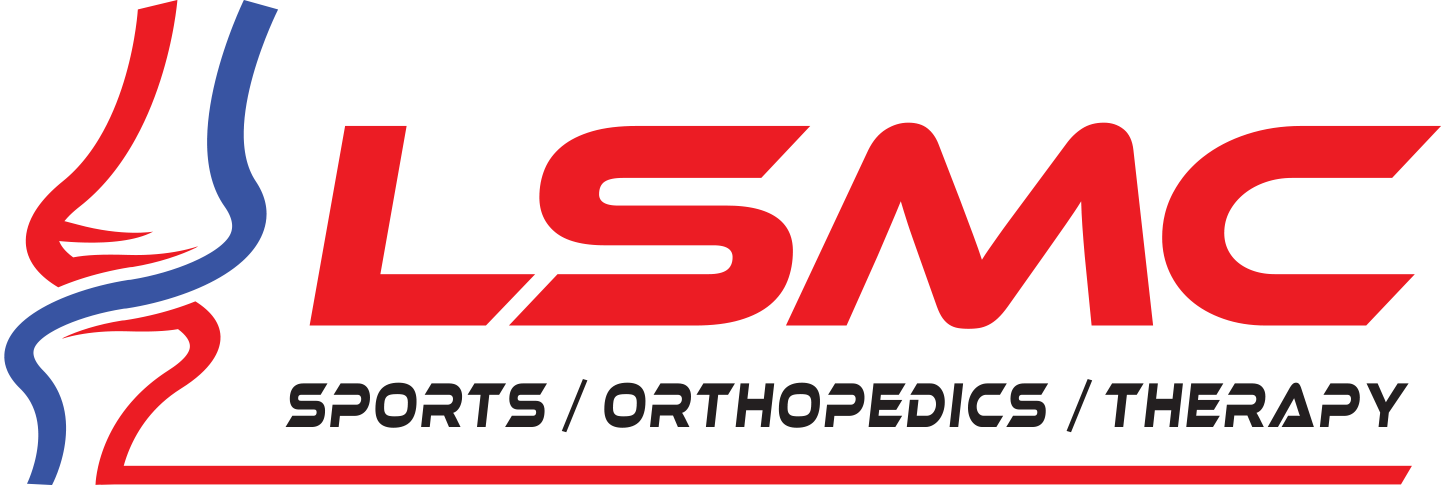1) Each year, 50% of Americans over the age of 18 develop a musculoskeletal injury that lasts longer than 3 months.
That’s 108 million people. The physical therapy profession is branding itself as ‘the practitioner of choice for musculoskeletal injuries’. And while physical therapy may not be the best course of action for all of these people, it’s safe to say that a majority of them would benefit from PT.
(Source: Boneandjointburden.org)
2) In 2007, an estimated 9 million adults utilized outpatient physical therapy services.
This is disheartening when looked at within the context of our first fact, and shows that the number of people that actually utilize PT is very different from the number that would benefit from your services. Looking at this in the simplest way possible, if we consider the 9 million PT patients a segment of the overall musculoskeletal injury market, we have only captured 8% of the available market share. In all, this means that we have a long way to go to realize our potential as the practitioner of choice for musculoskeletal injuries. We have to continue (and dare I say double down on) our efforts to increase consumer adoption. And, getting consumer adoption rest largely on our ability to influence the consumers themselves, not just outside influencers such as MDs and insurance companies.
(Source: Physical Therapy Journal)
3) The average outpatient course of care is only between 7-10 visits, and reimbursement rates & visits approved for physical therapy services are largely stagnant or decreasing.
I’m guessing that the average PT’s gut reaction to the above is a mixture of anger and annoyance. But, every statistic needs to be put into context, which we’ll conveniently do in our next factoid.
(Sources: Phys Ther, AAOS,PTJ, APTA, OC Register)
4) Even with decreasing coverage, only 30% of patients that utilize outpatient physical therapy services attend all of the visits that their insurance company authorizes per course of care.
It’s important to keep in mind that the person writing this is a PT, and is most certainly on your side. That being said, this number is very troubling. The prevailing opinion within our community is that we are falling victim to the whims of large insurance companies. But, if you were working at an insurance company and looking at this fact, wouldn’t it be very logical for you to assume that you were authorizing too many physical therapy visits?
One could argue that this fact simply means that we get patients better faster. But, we all know that we have to fight tooth and nail with insurance companies to get the amount of visits approved that we deem necessary for treatment. We also have to concede thatinsurance companies almost never give us too many visits. Perhaps we have to take a critical look at ourselves here. What this statistic is telling us is that the average patient doesn’t finish their course of care. If our patients are leaving because they feel good enough, and not because they have reached their optimal outcome, then perhaps we aren’t effectively getting our patients to buy into the full value of our services.
(Source: Strive Labs, Inc.)
5) The average outpatient physical therapy clinic misses out on approximately $250,000 of revenue per year due to patients not fully completing their course of care
This one’s pretty self-explanatory: a clinic’s revenue is directly associated with reimbursement. If a patient is authorized 10 visits, but only attends 8, then the clinic accrues 80% of their potential revenue and leaves 20% on the table. And while I understand that everything isn’t about dollars and cents, this is also a representation of the consumer’s perceived value of PT.
Throughout care, patients are consistently weighing the importance of ‘physical therapy vs. ________’ and making a value judgment based on which side wins out. For example, at the beginning of care, when a patient is in a fair amount of pain, he shows up to his appointments because the benefits of going to physical therapy far outweigh the cons of leaving work for an hour, rescheduling another appointment, or calling a babysitter. But three weeks later, when that same patient is feeling good enough(but would still objectively benefit from therapy), the cons of going to PT (e.g. missing work, rescheduling another appointment, or calling the babysitter again) start to outweigh the perceived benefit of heading to their appointment. It is at this intersection that attrition takes place, and it’s not necessarily because the patient is at their desired functional level. Rather, all too often, ‘_______’ starts to become more important than PT. At this point, it is up to us as PTs to articulate the value of finishing care, decrease the patient’s perceived barriers to continuing treatment, and help them reach their goal.
(Source: Strive Labs, Inc.)
6) Only 30% of PT patients are fully adherent with their plan of care.
This number should be familiar to a lot of you, and I think it’s important to touch on before we keep moving. We tend to think of adherence/compliance as binary: a patient is either compliant or non-compliant. We also tend to think of adherence/non-adherence as inherent within each individual- that each person is, under most circumstances, either always adherent or always non-adherent.
These are obviously false dichotomies, and are dangerous ways to think about adherence. Why, you ask? Keep reading!
(Source: Sluijs, et al)
7) Non-adherence is multifactorial, and is largely correlated with the concepts of behavioral change theory
It’s no coincidence that most Americans don’t get enough exercise, and most patients don’t fully adhere to their plan of care. As we’ve said before, it’s exponentially harder to do something than to do nothing. It’s well established that exercise adoption is highly contingent on an individual progressing along a very predictable continuum. The needs of each patient are unique depending upon where they fall along this continuum. Unless those specific needs are met, it is highly unlikely that the patient will successfully reach their goal of exercise adoption.
And yet, we are doing little to help meet our patient’s needs outside of the clinic. We are excellent clinicians, and have a reputation for compassion and empathy that not many other healthcare providers have. However, that compassion and empathy doesn’t provide our patients support outside of the clinic, but the adoption of behaviors that will directly affect their outcome do happen outside of the clinic.
(Sources: Multiple)
8) A large portion of PTs report not being confident in their ability apply the concepts of behavioral change theory in their clinical practice
If the terms ‘self-efficacy’, ‘transtheoretical model’ and ‘decisional balance’ seem foreign to you, it’s time to brush up on your skills. We have a unique opportunity as a profession to provide real and lasting outcomes in a cost-effective manner. But, in order for these outcomes to be sticky (i.e. long lasting), we need to help our patients adopt healthy habits. Getting patients better and keeping them better is where the incentives of the patient and their insurance company align.
This is where we can differentiate ourselves. This is where we can win.
If PTs want to become practitioners of choice for musculoskeletal injuries, this is the intersection of focus.* And unless we can truly understand the steps we need to take to effect behavioral change, we’re going to have a tough time getting there.
(Source: Journal of Sports Rehab)
Article courtesy of blog.strivelabs.com









